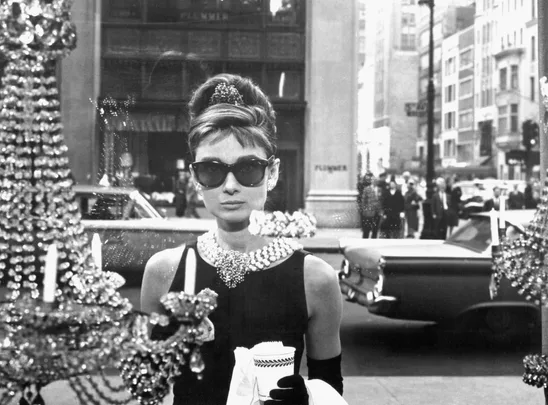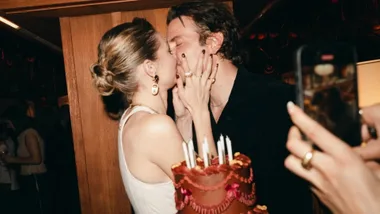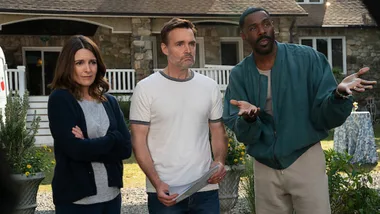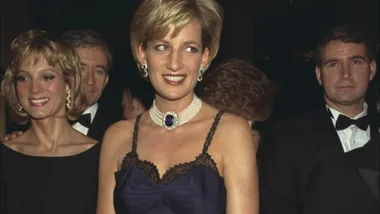You already know the gist of the Tiffany & Co. story – the New York jewellery maison’s mythology. There’s the sophisticated robin-egg-blue packaging selected by founder Charles Lewis Tiffany for the cover of Tiffany’s first catalogue, the Blue Book; the Elsa Peretti-designed Open Heart pendant, which became the de rigueur grand gesture from many a now ex-boyfriend; and actor Audrey Hepburn in full Holly Golightly mode gazing into Fifth Avenue’s sparkliest shop window and telling us “nothing very bad ever happens [at Tiffany’s]”.
Even if you haven’t seen the 1961 movie (Breakfast at Tiffany’s, but you knew that), you’ve probably seen dozens of homages to Hepburn’s alchemic black dress, black gloves and bejewelled combination, from Beyoncé to Blair Waldorf and all the classic romantics in between. Then of course there are the diamonds, some of the most brilliant and storied in history.
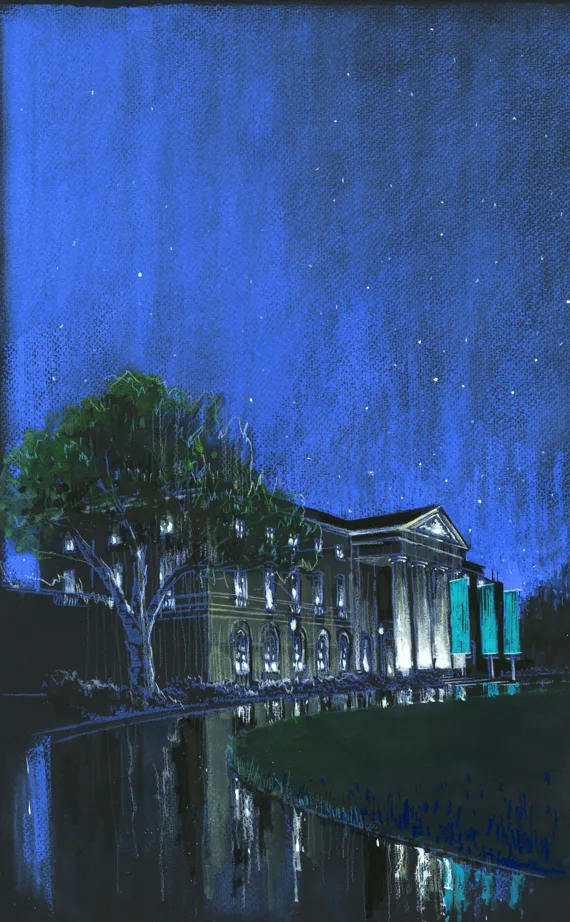
But the true beauty of the Tiffany & Co. narrative lies in the details, many of which are being revealed at London’s Saatchi Gallery until August 19 this year, in celebration of the jeweller’s 150th birthday in the United Kingdom capital. The exhibition, Vision & Virtuosity, showcases more than 400 pieces from the house’s archives, dating back to its beginning in 1837.
Along with the original Breakfast at Tiffany’s script, the star attraction is the legendary 128.54-carat Tiffany Diamond, which Hepburn famously donned in the iconic promotional poster for the movie. She never actually wore it in the film – Holly Golightly could never have afforded it – but she certainly had something to do with the current $US30 million valuation, though it’s not for sale. Charles Lewis Tiffany famously acquired the rough stone in 1878, a year after it was unearthed in the Kimberley Mines of South Africa.
Then, the house’s first chief gemologist, Dr George Frederick Kunz, oversaw the year-long process of assessing and then cutting it in Paris, chipping away at the 287.42-carat rough stone until it transformed into a striking 128.54-carat modified cushion-cut brilliant with an unprecedented 82 facets (24 more than a traditional round brilliant). Kunz’s masterstroke, says Tiffany’s current chief gemologist Victoria Reynolds, was cutting the diamond down to less than half its original size. “Our diamond cutters and polishers make important sacrifices in terms of size as they unleash each diamond’s beauty, and the Tiffany Diamond was one of the first instances of this daring spirit,” Reynolds points out. “The Tiffany Diamond is a testament to the extraordinary calibre of craftsmanship that has gone into our creations from our earliest years as a luxury jeweller. It is for this reason, among many others, that the Tiffany Diamond remains the cornerstone of the house today.”

Reynolds herself is also an important part of the label’s narrative. She joined the team in 1987 and in 2020 became the first female chief gemologist at Tiffany’s, which is a leader in diamond traceability.
She points to a favourite piece in the exhibition, the reimagined World’s Fair necklace featuring the 80.33-carat Empire Diamond, which was responsibly sourced from Botswana. In what can only be described as a $US20-30 million “twofer”, the Empire Diamond detaches from the necklace to easily relocate in the accompanying ring. “It is not only technically innovative, but the necklace’s forms are inspired by an important archival Tiffany necklace,” Reynolds says in reference to the original 1939 World’s Fair necklace.
For Reynolds, whose introduction to the brand was at the age of nine (helping her father select a brooch for her mother), jewellery is wearable art. “It absolutely changes from person to person and amplifies each person’s style,” she says. From classic Hepburn to modern icon Gal Gadot – the latest ambassador for the new High Jewellery collection, Botanica – the Tiffany & Co. story continues to evolve. The unmatchable sparkle, though, remains a constant.
